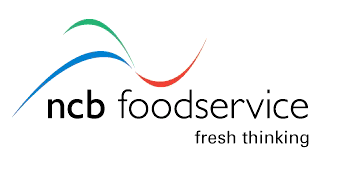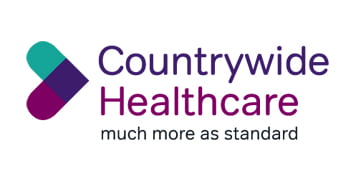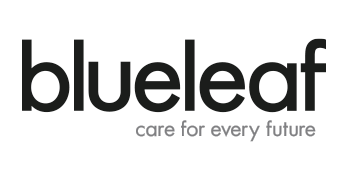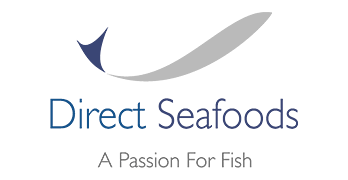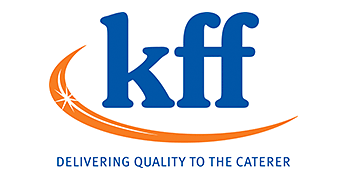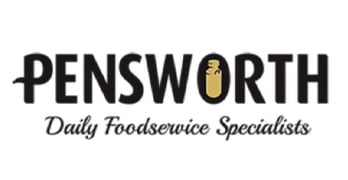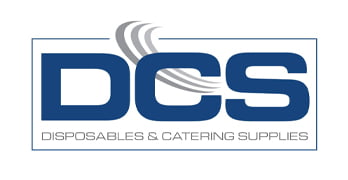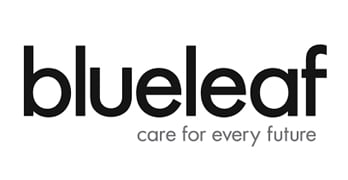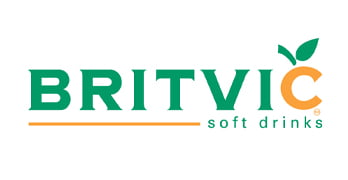How antibiotics are affecting the food industry
As food buyers, we might think that antibiotics are about as far away from us as could possibly be. However, read on and you’ll see that this branch of medicine is our business and has the potential to affect your business, and not necessarily in a good way. Get antibiotic-savvy, though, and you might find that it can help you answer some of the tricky questions affecting the food industry.
A bit of background…the use of antibiotics has revolutionised the treatment of infectious diseases. We all know that. The misuse of them, however, threatens to turn back the clock and what might have been treatable over the last 70 years may haunt us again as we reach the apparent limits of bacterial disease control and rely upon ‘last resort’ drugs. We humans think we’re smart but bacteria have proved themselves to be smarter by becoming increasingly resistant to antibiotics. Whilst the medical profession can reduce the dosage and frequency it prescribes to humans, the problem is far from solved as unprescribed and unnecessary antibiotics seep into the human food-chain. This is a real and increasing problem, acknowledged at the highest levels across the western world. It is probably the most serious public health and food safety issue confronting the food industry today.
In a report recently published jointly by the European Food Safety Agency (EFSA) and the European Centre for Disease Prevention and Control (ECDC) they warn that rising antibiotic resistance “poses serious threat” to health. High levels of antibiotic resistance are now evident in bugs like salmonella and campylobacter and this resistance continues to rise across Europe. These two bugs are showing high levels of resistance to the highest levels of antibiotic drugs that are critically important in treating humans infected by them. Mike Catchpole, ECDC chief scientist was reported in The Grocer this year as saying “This last-resort drug [colistin] may soon no longer be effective for treating severe human infections with salmonella”.
In the EU, the problem is most severe in the poultry industry, but there is evidence that use of antibiotic in livestock production is also contributing to the crisis. Official figures show that around 25,000 human deaths across Europe every year are accounted for by antibiotic resistance and the European Commission has accordingly made the issue a ‘high priority’ on its political agenda, whilst recognising that it is a global issue requiring a global solution. Across Europe there are notable regional variations. The more prosperous northern countries, particularly those with low use of antimicrobials in animals, generally seem to show a lower resistance in bacteria compared to the poorer southern countries.
The World Health Organisation (WHO) Regional Office for Europe writes in its publication on ‘Tackling antibiotic resistance from a food safety perspective in Europe’ that in many countries the use of antibiotics to treat food animals and prevent them from developing diseases and to promote their growth outweighs the use for human beings. This antibiotic abuse in food animals has serious knock-on effects on public health as it promotes the development of antibiotic-resistant bacteria and resistance genes that can be passed on to human beings by its spread through the food-chain. These can result in infections with antibiotic-resistant bacteria that can be difficult or impossible to cure. The paper goes on to say that because food animals and foods of animal origin are traded worldwide, the reach of the resistant bacteria travels way beyond where the problem originates. Thus it truly becomes a global problem.
In the US, the problems of antibiotic resistance was recognised by the founding of the National Antimicrobial Resistance Monitoring System for Enteric Bacteria (NARMS) back in 1996, which became nationwide as long ago as 2003. NARMS is a public health surveillance system that tracks antimicrobial resistance in foodborne and other enteric bacteria. It’s an interagency partnership linking separate government organisations responsible for humans (Centers for Disease Control and Prevention – CDC), retail meats (US Food and Drug Administration – FDA) and food animals (the US Department of Agriculture – USDA) plus state and local health departments. Whilst it must be applauded for joining up core stakeholders in the study and control of antibiotics, 20 years after its foundation and13 years after going national it is difficult to see a huge amount of real progress. Thus the problem remains a very tough nut to crack, wherever in the world you are.
One thing is quite certain, that the situation is very complex, with political, ethical, financial and ecological factors muddying the scientific waters. In many senses this issue is far more urgent than the much debated and procrastinated climate change agenda. As with climate change there clearly can be and will be no ‘quick fix’, but to do nothing is a Doomsday scenario. Whatever is done about it, there is certain to be a direct impact on the cost of food, which will affect those operating in the food supply industry in all its facets. Higher food animal and animal derived food costs are likely to be a reality. Dealing with the impact of these rising prices will be the challenge.
In the meantime, the impact of antibiotic-resistant bacteria should not necessarily be a human health problem as long as we in the food supply industry play our part in the process. If humans treat and prepare food animals and animal-derived food products in a food-safe way, then those human infections will not occur in the first place. That does not take away from the need to address the causal issue, but suggests that our industry has a role to play in continuing to educate our end customers and users and the wider supply chain on proper food hygiene.
However, to end on a more positive note, the situation is clearly acknowledged at European, US and global levels and there appears to be a will to take action to reverse the problem. It remains to be seen if the trend can be reversed, but if the will to tackle the problem really is there, then that should mean that resources, research and collaboration will follow. We must never forget that if, as some say, ‘we are what we eat’, then we must strengthen our appetite for change. And from a UK food industry perspective, it means that we must keep the pressure on our supply chain and demand answers to the difficult questions of provenance and control of what we are putting before our trusting customers. As food buyers, we can’t solve the problem, but by becoming savvy to the issues surrounding antibiotics, we can answer any questions thrown at us by our customers. And having sound answers to tough questions is what good customer management is all about.

